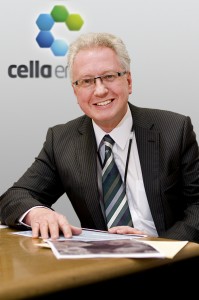
The technology is the result of years of research at Rutherford Appleton Laboratory near Oxford, England. It was led by Professor Stephen Bennington, who worked with scientists from University College London and Oxford University. A spin-out company called Cella Energy has been formed to develop the fuel.
Methodology
To create the fuel, they took high-energy materials and encapsulated them by using a nanostructuring technique called coaxial electrospraying. The most exciting aspect of the technology is that early tests have indicated that the fuel could power regular combustion engine vehicles without engine modification.
The researchers found a way of making tiny micro-fibres 30 times smaller than a human hair. These form a tissue-like material that is safe to handle in air. The new material contains as much hydrogen for a given weight as the high pressure tanks currently used to store hydrogen and can also be made in the form of micro beads that can be poured and pumped like a liquid.
Perfect fuel
“In some senses hydrogen is the perfect fuel; it has three times more energy than petrol per unit of weight, and when it burns it produces nothing but water. But the only way to pack it into a vehicle is to use very high pressures or very low temperatures, both of which are expensive to do. Our new hydrogen storage materials offer real potential for running cars, planes and other vehicles that currently use hydrocarbons on hydrogen, with little extra cost and no extra inconvenience to the driver”, said Professor Stephen Bennington, lead scientist on the project.
Cella Energy has received financing from Thomas Swan & Co Ltd, a specialist chemical company. The companies signed an agreement on January 24th.
“Consumers want to be able to travel 300-400 miles before they have to refuel. And when they do have to fill up they want to be able to do it as quickly as possible. Existing hydrogen storage methods do not meet these consumer expectations, but the ones we are developing have the potential to do just this” said Stephen Voller, the new CEO of Cella Energy.






1 Comment